Moluccan Cockatoo for sale
$1,200.00 – $2,000.00Price range: $1,200.00 through $2,000.00
- Size: 21 inches
- Lifespan: 70 years
- Bird Species: Cockatoo
- Colors: White, salmon pink
- Sounds: Vocal, mimicking, talkative
- Interaction: Highly Social, Playful, Intelligent, Curious, Affectionate
Moluccan Cockatoo for sale
Moluccan Cockatoo Parrots, also known as Salmon-crested Cockatoos, are among the most captivating parrot species in the world. Their striking appearance, affectionate personalities, and high intelligence make them a favorite among bird enthusiasts. However, they are also one of the most demanding parrots to care for.
If you’re considering adding a Moluccan Cockatoo to your family—or you simply want to learn more—this complete guide covers everything from personality and care requirements to legal considerations and where to find these beautiful birds.
The Moluccan Cockatoo (Cacatua moluccensis) is a large parrot species native to the Seram Islands in eastern Indonesia. Known for their gorgeous salmon-pink crest and white to pale peach feathers, these birds are both visually stunning and incredibly intelligent.
Quick Facts:
-
Scientific Name: Cacatua moluccensis
-
Common Names: Moluccan Cockatoo, Salmon-crested Cockatoo
-
Lifespan: 50 to 70 years in captivity
-
Size: Up to 20 inches (50 cm)
-
Weight: 800–1,000 grams
-
Native Habitat: Tropical rainforests of the Moluccas (Indonesia)
Appearance and Unique Traits
Moluccan Cockatoo Parrots are easily recognized by their large size and stunning coloring:
-
Plumage: Soft white to pink feathers with a slight peach hue.
-
Crest: Large, fan-shaped salmon-pink crest that fans out dramatically when excited.
-
Beak: Large, curved gray beak capable of cracking nuts and chewing wood.
Their expressive crest and wide range of body language make them incredibly communicative.
Personality and Behavior
One of the biggest reasons people fall in love with Moluccan Cockatoo Parrots is their deeply affectionate nature. They are considered among the most emotionally intelligent parrot species.
Key Personality Traits:
-
Highly Affectionate: Crave constant attention and physical affection.
-
Intelligent: Can solve puzzles, mimic speech, and learn complex tricks.
-
Sensitive: Emotionally reactive and prone to stress if neglected.
-
Social: Thrive in environments with frequent human interaction.
Vocalization and Talking Ability
Moluccan Cockatoos are incredibly loud—often described as having one of the loudest calls in the parrot world, reaching up to 135 decibels (comparable to a rock concert).
-
Talking Ability: Moderate. They can learn to say a few words or phrases but are not the best talkers.
-
Screaming: Frequent if they’re bored, anxious, or demanding attention.
Housing and Cage Requirements
Given their size, strength, and activity level, Moluccan Cockatoos require spacious, secure environments.
Cage Specifications:
-
Minimum Size: 4’x4’x6’ (larger is better)
-
Bar Strength: Thick bars to resist beak pressure
-
Enrichment: Rotating toys, wood blocks, climbing structures
Allow at least 3–4 hours of supervised out-of-cage time daily. They love to explore, interact, and play with their human family.
Diet and Nutrition
In the wild, Moluccans eat a variety of seeds, nuts, fruits, and vegetation. In captivity, a balanced diet is essential to avoid obesity and nutrient deficiency.
Recommended Diet:
-
Pelleted Parrot Food (high-quality, vet-approved)
-
Fresh fruits: apples, papaya, berries, grapes
-
Fresh vegetables: leafy greens, carrots, bell peppers
-
Occasional nuts: almonds, walnuts (as treats)
-
Avoid: chocolate, caffeine, alcohol, avocado, salty or fatty foods
Make sure fresh water is always available and bowls are cleaned daily.
Health and Common Issues
Moluccan Cockatoos are susceptible to several health issues, especially if mentally or physically neglected.
Common Problems:
-
Feather Plucking: Often a result of stress or boredom.
-
Psittacine Beak and Feather Disease (PBFD)
-
Respiratory infections
-
Obesity from poor diet
Emotional and Mental Enrichment
Because of their intelligence and emotional sensitivity, Moluccan Cockatoo Parrots require constant stimulation and interaction. Bored birds can develop severe psychological issues.
Ways to provide enrichment:
-
Interactive toys and foraging puzzles
-
Training sessions using positive reinforcement
-
Safe wooden items for chewing
-
Music or television during alone time
-
Social interaction with multiple household members
Moluccan Cockatoo Care and Feeding
| Age | 6 to 12months, 1 to 3years |
|---|---|
| Sex | Male, Female |
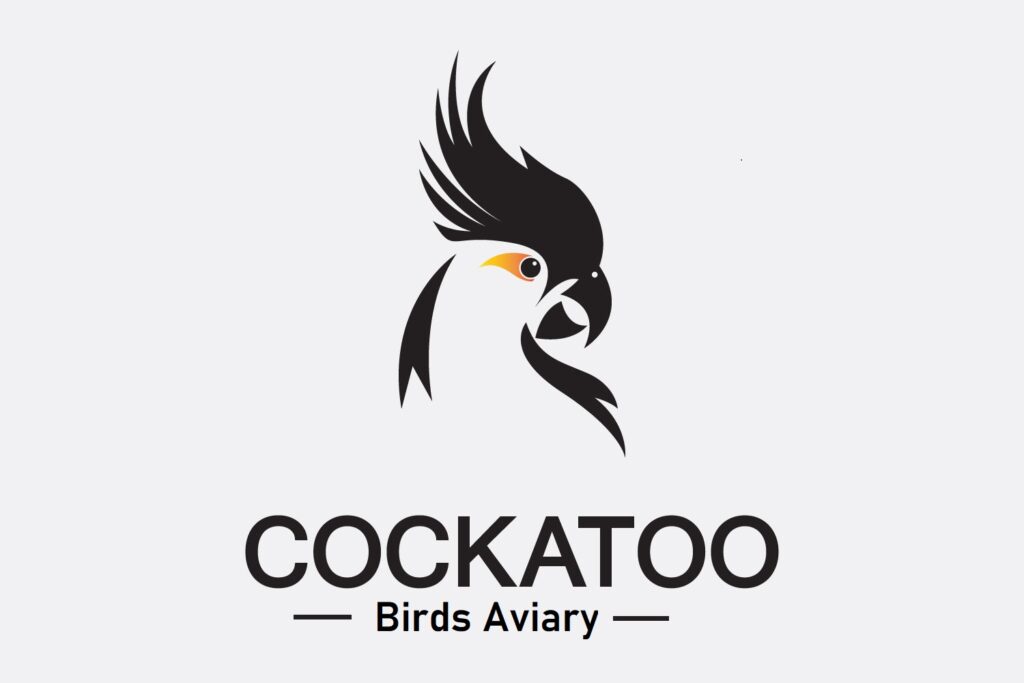
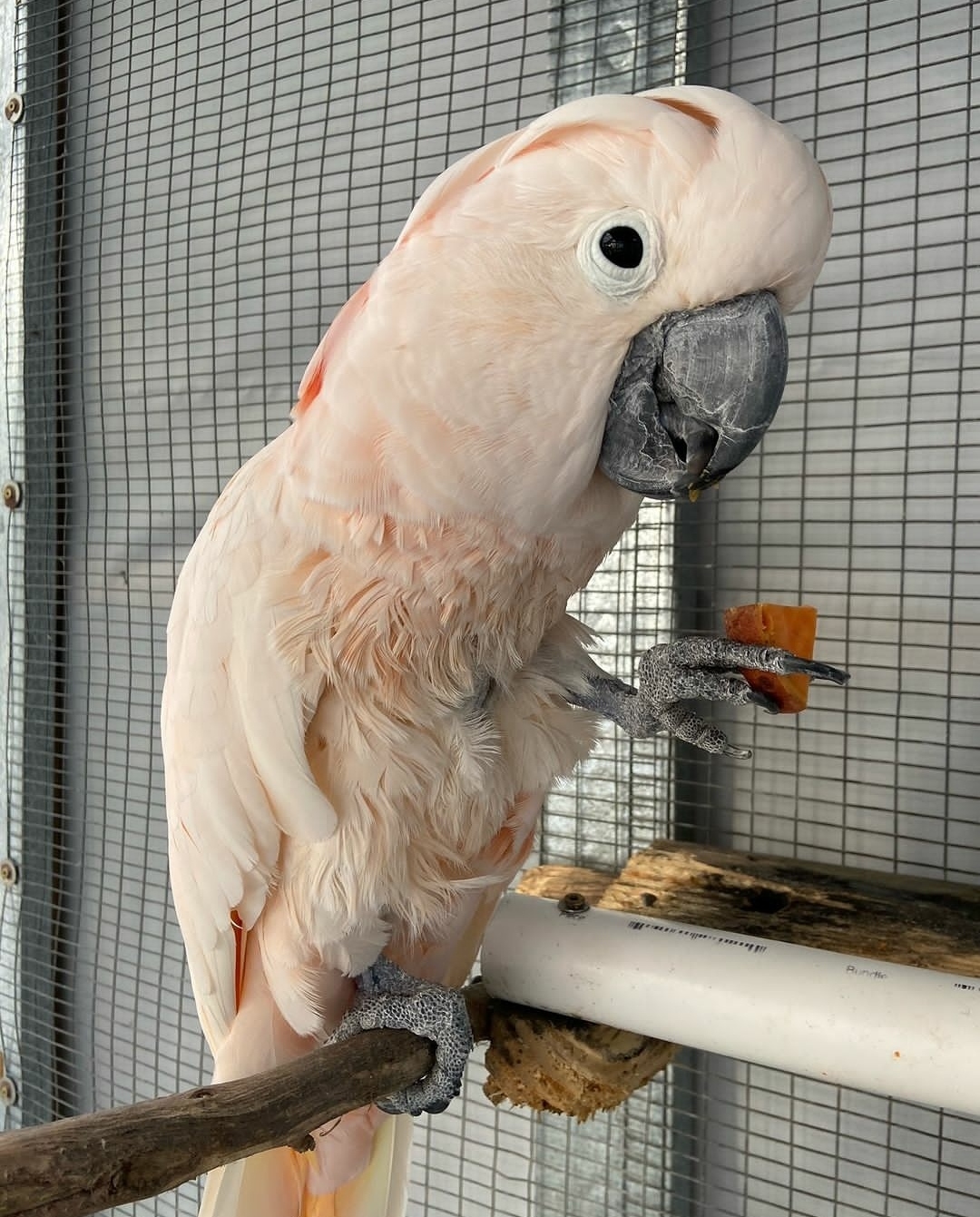

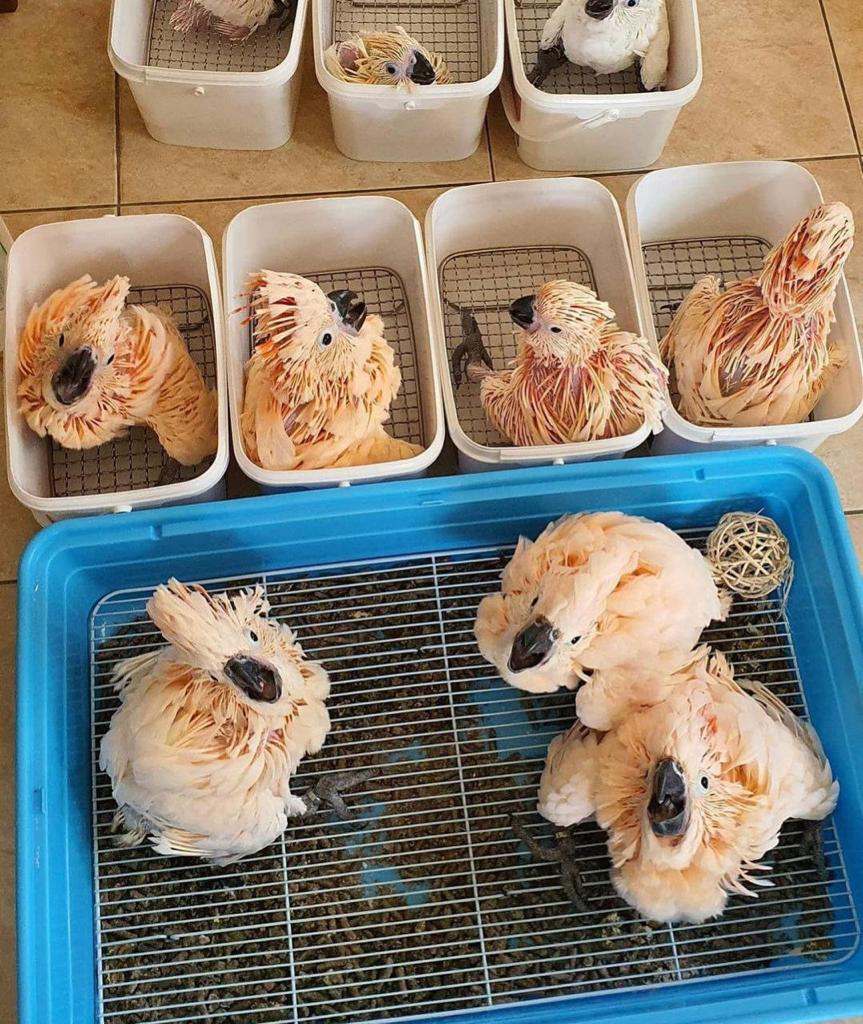
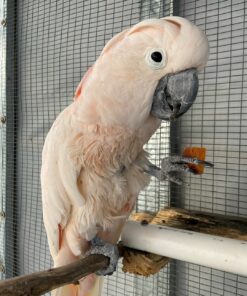
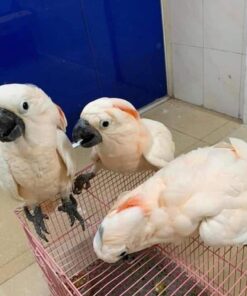
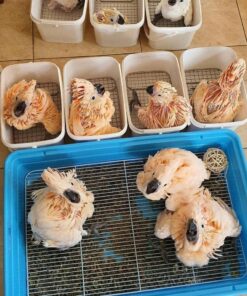
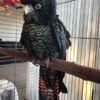
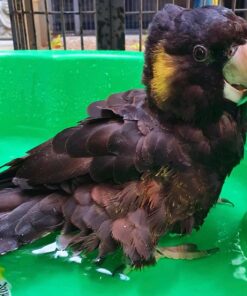
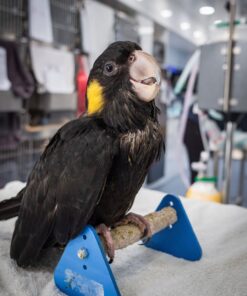
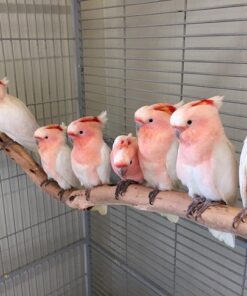
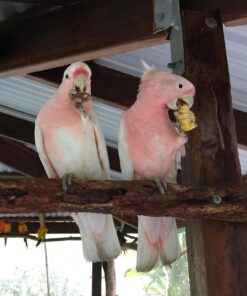

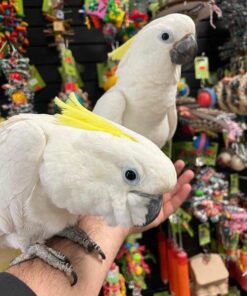
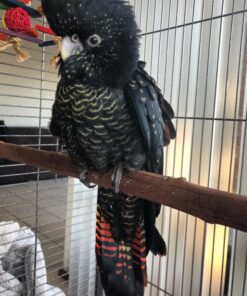

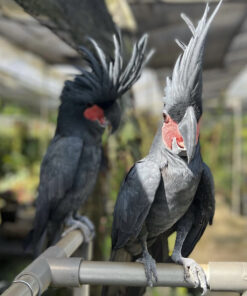
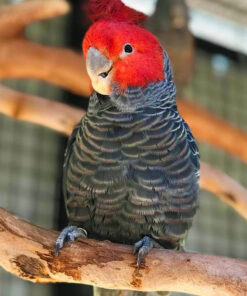
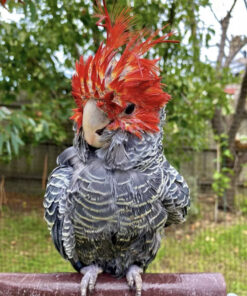
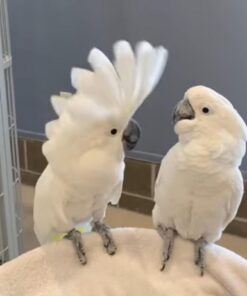
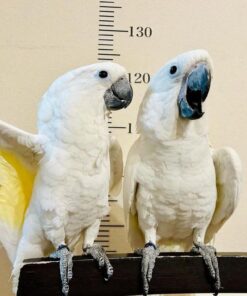
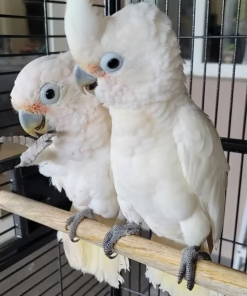
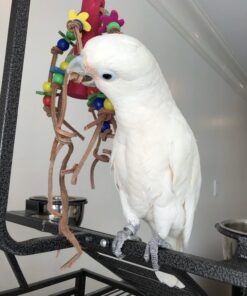
Reviews
There are no reviews yet.